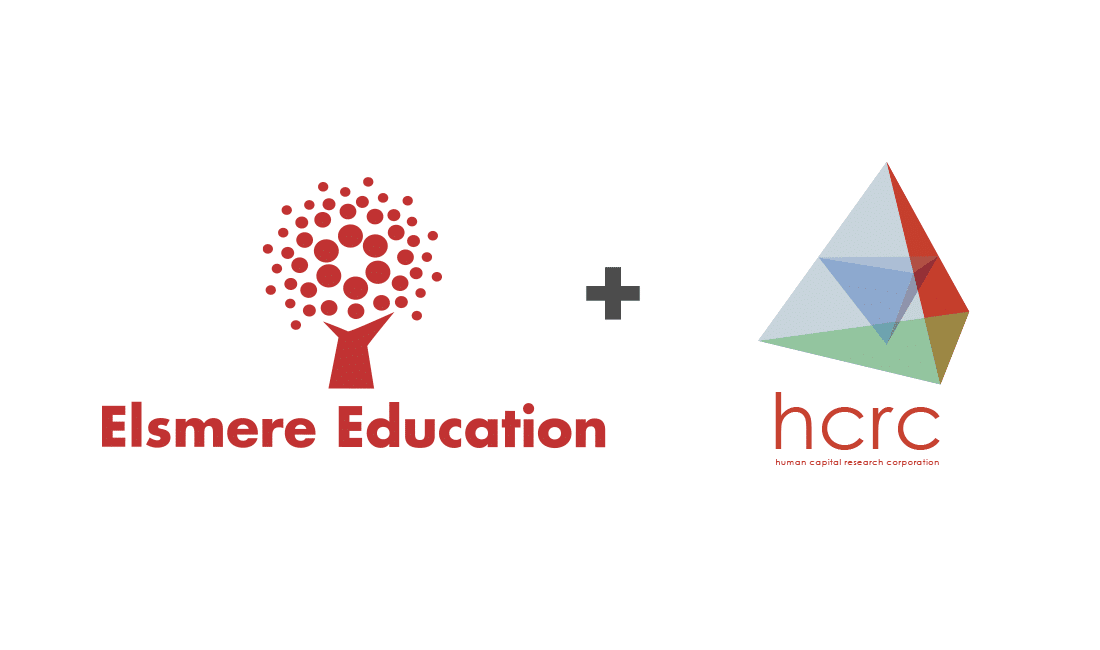The business master’s market – MBA vs. Everybody
In this article, we analyze the business-focused master’s degree market, covering both online and on-campus programs. We demonstrate how the Master of Business Administration (MBA) – in its many forms – is the undisputed driver behind the dominance of the business field in graduate education. We also describe some of the other common master’s degrees in business disciplines and demonstrate how to find program opportunities in this varied and competitive field.
The Dominance of MBAs in Graduate Business Degrees
| Description | Master's Degree > All Completions > 2019 Completions | Master's Degree > All Completions > 2023 Completions |
| Business Administration and Management, General | 110,506 | 104,527 |
| Accounting | 19,608 | 14,402 |
| Organizational Leadership | 6,194 | 6,764 |
| Human Resources Management/Personnel Administration, General | 4,829 | 5,051 |
| Business Administration, Management and Operations, Other | 5,566 | 3,515 |
| Finance, General | 5,020 | 3,384 |
| Marketing/Marketing Management, General | 2,078 | 1,930 |
| Project Management | 1,154 | 1,406 |
| TOTAL | 154,415 | 140,979 |
As shown, out of the 140,979 graduates reported under these CIP codes in 2023, over 104,000 of them stemmed from MBA programs. Throughout our previous research, we have seen many MBA programs reported under different CIP codes than the one mentioned above, meaning that lofty sum is likely an underrepresentation of the actual MBA market.
Overview of the MBA
There were 968 total MBA programs that reported graduates in 2023, including both online and on-campus programs; the median graduating class was 44 students, and the average was 108. These metrics portray a field with a huge amount of student demand. But what do these programs actually look like?
Throughout our research, we have seen many highly disparate MBA programs succeed. Throughout this section, we break down two of the largest buckets of programs in this space:
- The “Prestige” MBA: These programs are highly ranked, hard to get into, extremely expensive, on ground, and widely considered one of the few pathways to some of the more exclusive business fields: top consulting firms, investment banking, private equity, etc.
- The “Flexible” MBA: These programs are typically offered online for a low cost and offer many different concentration/pacing options, allowing students to earn their MBA in the way that best suits them.
In the following chart, we demonstrate the significant differences between examples of these two distinct versions of the MBA and how they are both highly successful pathways for a university to take:
| Harvard University (The Prestige MBA) | Southern New Hampshire University (The Flexible MBA) | |
| 2023 Grads | 876 | 3,283 |
| Modality | On-campus | Online & on-campus offerings |
| Total Tuition (No Fees) | $152,820 | $19,110 |
| Rank 3 | #6 in 2024; frequently top two | Unranked nationally |
| Time to Complete | 24 months | Self-paced, minimum 12 months |
| Tracks | None – many electives | 17 offered |
| Alumni Outcomes | Publishes annually. 2023 class had a: $175,000 median starting salary $30,000 median signing bonus $40,000 median performance bonus | Doesn't publish |
| Career Services | Internship after first year, significant career advisement/recruiting opportunities/networking fairs throughout second year | Access to job board, resume/interview preparatory services |
As shown, both of these programs have huge classes of students in their MBA programs, which differ in almost every way. These are just two examples of the largest program area in graduate education; as you can imagine, there is a vast array of programs between the two examples shown above.
Too Saturated or Ripe with Opportunity?
To be able to compete in a space with almost 1,000 established offerings, universities need to be creative and strategic with developing a new program or launching an existing one in the online format. There are many low-cost options currently in-market, and universities should price their program carefully and competitive to the existing regional and national competition, as prospective students are sure to shop around in their degree search.
Investment in career support, market-driven elective offerings, corporate partnerships, and proven alumni outcomes can help to justify a higher price point. Each year, we see new programs enter the market and immediately have success; however, this is not a guarantee in this competitive field, and universities must be strategic in the buildout and marketing of their MBA to keep their program viable.
We offer this research snapshot not to discourage universities from launching MBA programs, but to help them understand the landscape and how to approach creating a successful and sustainable program. There are still opportunities to seize in this market with a little creativity and future-forward thinking.
The Case For and Against Specialized Business Degrees
With almost 1,000 offerings nationwide, there is an MBA program for everybody, with concentrations available in all the major business fields – finance, accounting, human resources, strategy, leadership, and more. In what case, and for whom is a specialized business degree better?
Some conventional wisdom is that an MBA is only really worth the investment after multiple years of professional experience; many MBA programs require three or more years of experience to even apply. Even with a concentration, the MBA curriculum is broad, typically covering topics ranging from finance to accounting to marketing. Additionally, many students look to an MBA degree for career benefits beyond classroom learning, including networking and recruiting opportunities. Here are some examples of program areas where universities have had success in launching specialized business degrees:
Accounting
For many accountants, earning their Certified Public Accountant (CPA) license is a desired step in their career path, likely resulting in increased salary. Indeed reports that the average salary for accountants is $61,480 per year, while the average salary for CPAs is $92,795 per year. The requirement to sit for and earn CPA licensure varies by state, but 150 credits of prior education is the standard. Since bachelor’s degrees are 120 credits, many go on to pursue a Master of Accountancy or MS Accounting degree to make up the difference and prepare for the CPA exam. This has resulted in a relatively large academic area at the graduate level.
Finance
Our research shows that students interested in MS Finance degrees prioritize career outcomes. While many programs in this space struggle and are outcompeted by better resourced and more widely known MBA programs, we have seen some highly successful degrees in this space. A key differentiator here can be structuring the degree to recent bachelor’s graduates, who likely will not qualify for highly ranked MBA programs. As such, the most consistently successful programs in this space are frequently offered full time and on campus, in a way that can provide the greatest career services.
Marketing
Identifying High-Growth Areas for Program Development
As we have shown throughout this report, the graduate business field is dominated by MBA programs, which come in a wide variety of formats and options. Launching an MBA program in 2024 can be difficult; how can an institution find its niche in such a crowded field?
The answer lies in a research-driven strategy that analyzes regional and national trends in the labor and academic markets. By partnering with Elsmere Education, you gain access to invaluable data and insights on regional job market trends, student needs, and competitor programs. With our help, you can identify high-growth areas and develop programs that position your university for success.
Contact us today to find out how Elsmere Education can help your university identify opportunities and empower the next generation of business leaders.
Sources
1“COE – Graduate Degree Fields.” National Center for Education Statistics (NCES), a Part of the U.S. Department of Education. Last modified 2024. https://nces.ed.gov/programs/coe/indicator/ctb/graduate-degree-fields.
2 Lightcast, Program Table, 2024
3“The Best MBA Programs in America, Ranked.” Accessed June, 2024. https://www.usnews.com/best-graduate-schools/top-business-schools/mba-rankings.
4 Kmenke. “Technology’s Hidden Role in the Accountant Shortage.” UCLA Anderson Review, April 3, 2024. https://anderson-review.ucla.edu/technologys-hidden-role-in-the-accountant-shortage/.
5Lightcast, Program Overview, 2024
6“MSF Exceptional Outcomes.” Vanderbilt Business School. Last modified March 14, 2024. https://business.vanderbilt.edu/masters-in-finance/vanderbilt-advantage/exceptional-outcomes/.
7 Lightcast, Program Overview, 2024







